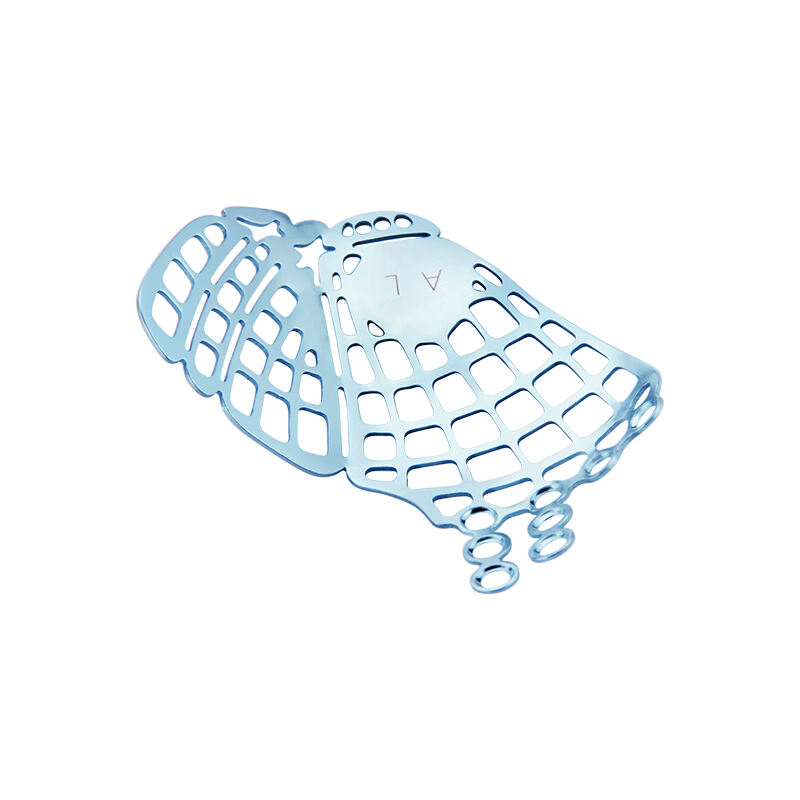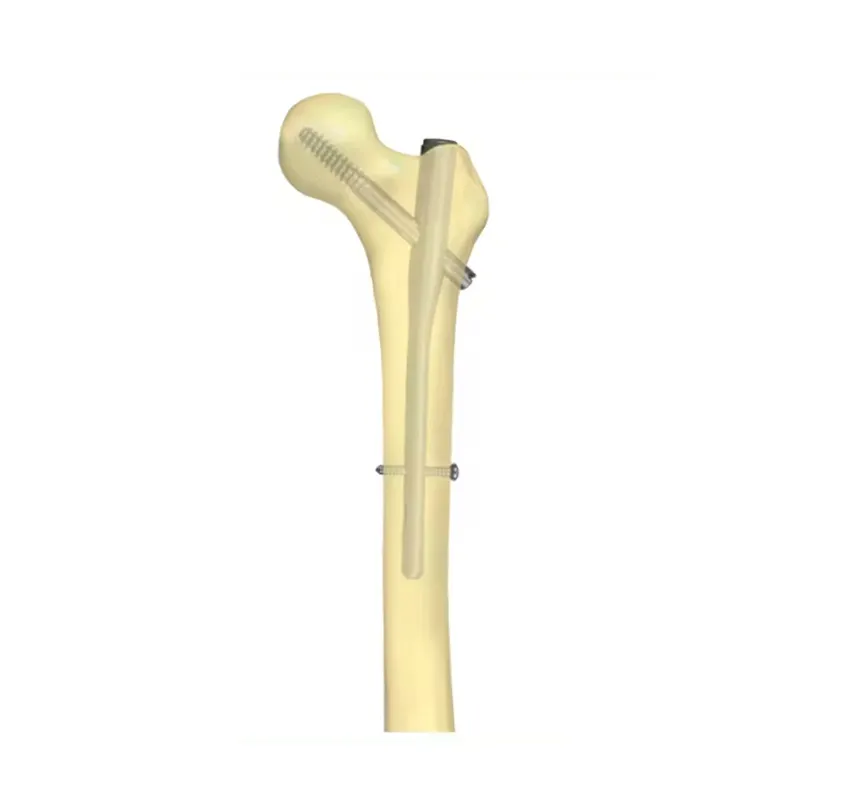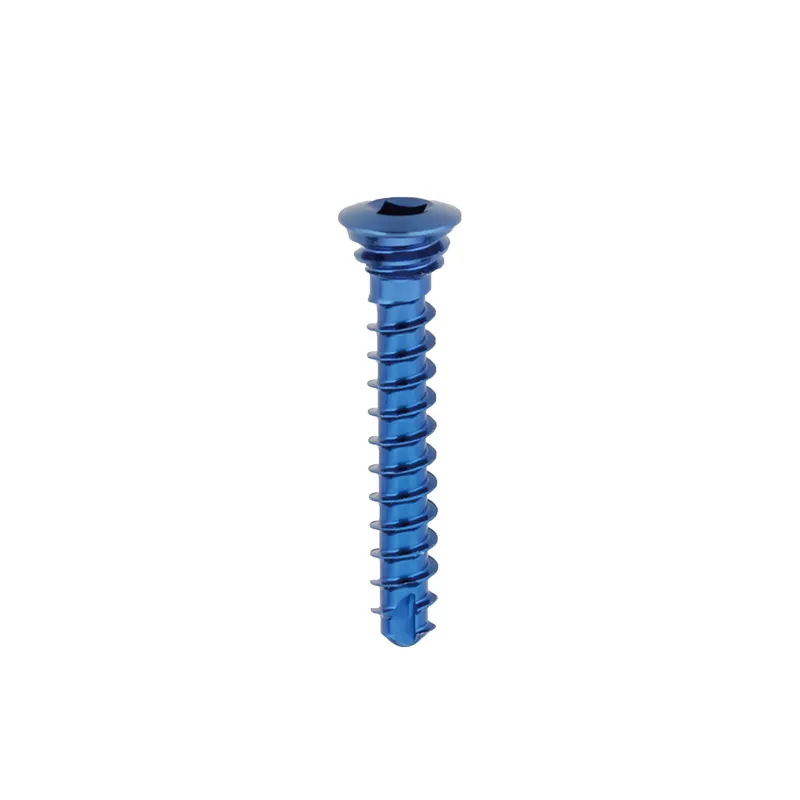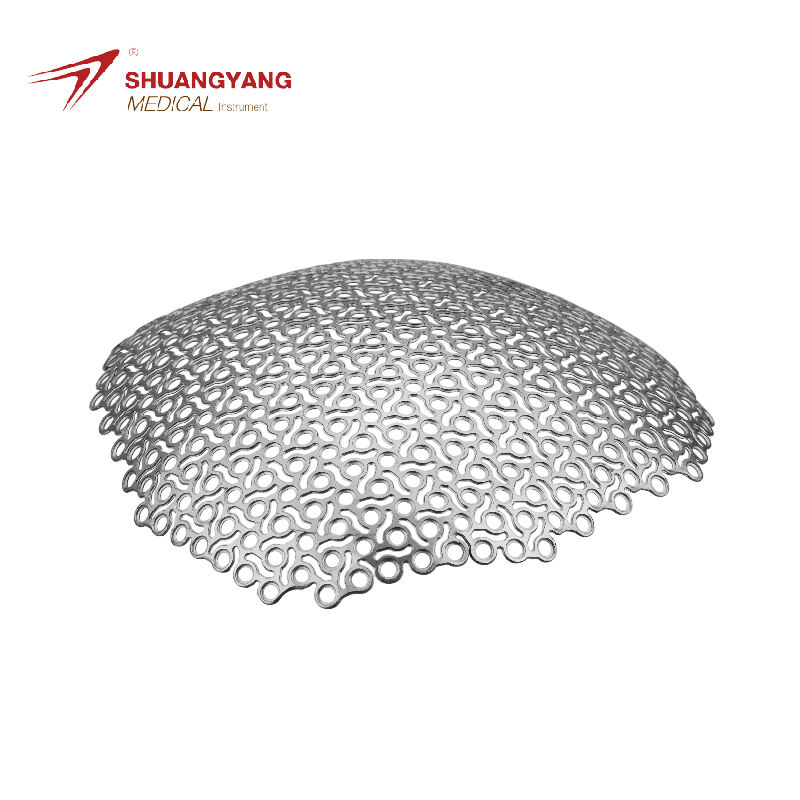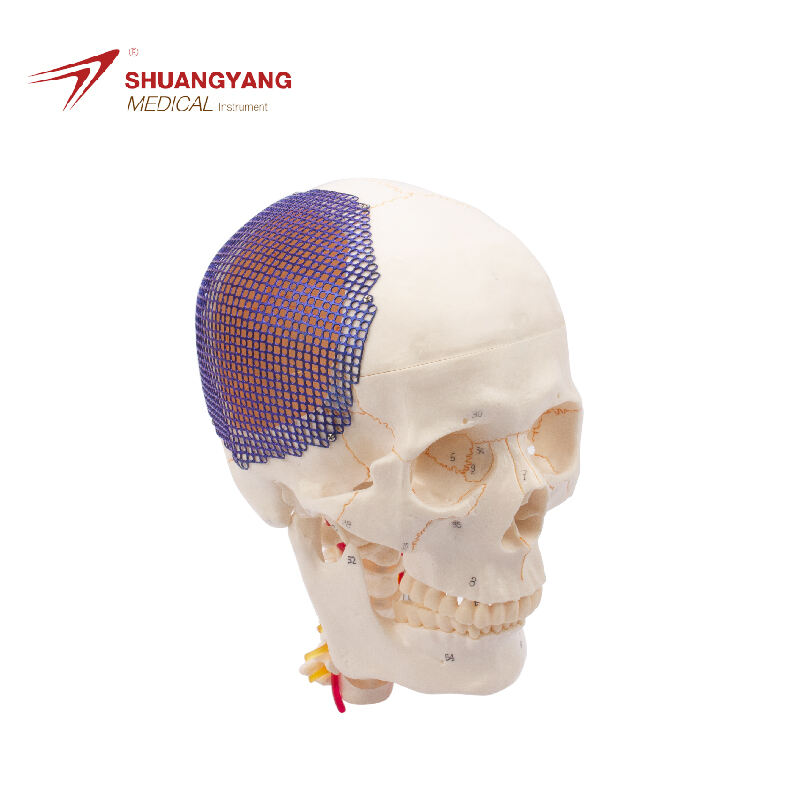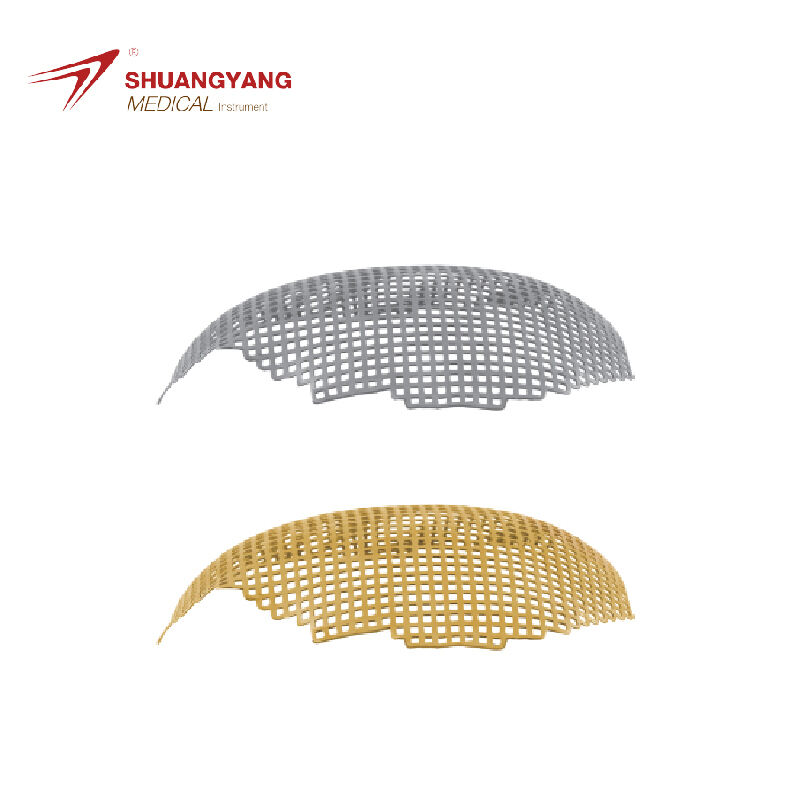absorbable surgical mesh
Absorbable surgical mesh is a revolutionary medical device used primarily in surgical procedures to provide support and reinforcement to tissues during the healing process. Engineered from biocompatible materials, this mesh is designed to degrade over time as the body's natural healing mechanisms take over. The main functions of absorbable surgical mesh include reducing the risk of hernias, aiding in tissue repair, and minimizing the recovery period for patients. Technological features of this mesh involve its intricate weave, which allows for flexibility and strength, and its capability to be absorbed by the body without causing adverse reactions. Common applications include hernia repairs, reconstructive surgeries, and various types of abdominal wall repairs.
 EN
EN
 FR
FR
 ES
ES
 AR
AR


